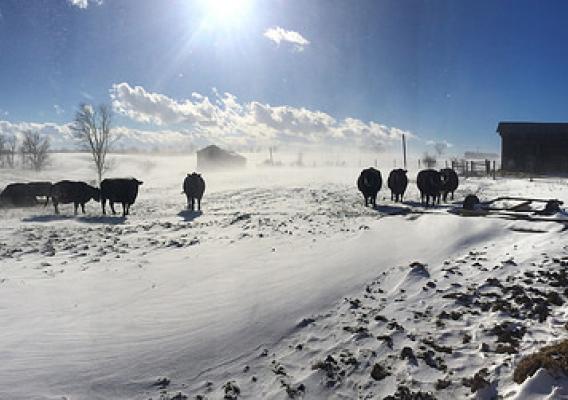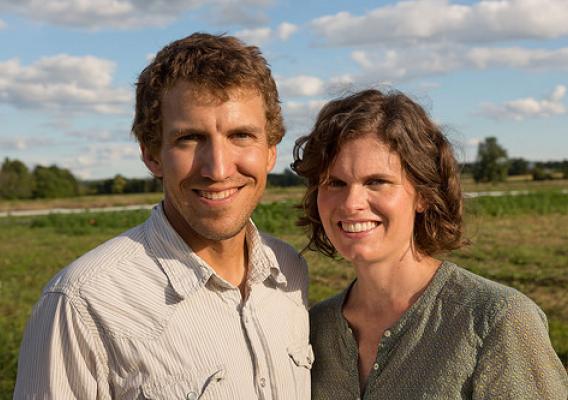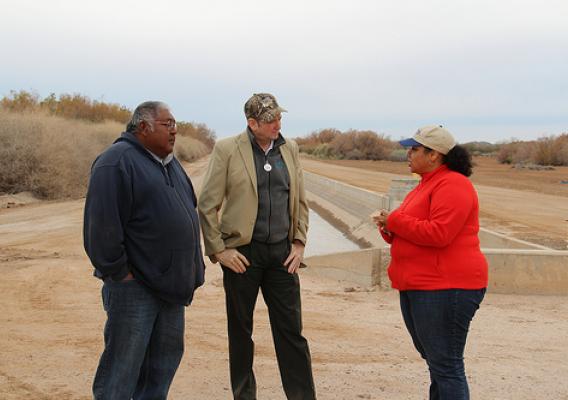This post is part of a Microloan Success feature series on the USDA blog. Check back every Tuesday and Thursday as we showcase stories and news from USDA’s Farm Service Agency.
For David Hoff, farming was in his blood. It had been 14 years since he worked on his family’s South Dakota farm. He went off to college, earned a degree in business, landed a position in sales and, over the next 10 years, held leadership positions in sales for several companies. But he had been thinking long and hard about returning to the 2,000 acre farm and rejoining the family operation.
Then in 2012, Hoff received the sad news of his uncle’s death. His uncle had farmed with Hoff’s father in Hutchinson County, S.D. for years. That’s when Hoff decided to return and help his father with the farm.
“This was a big change for us. I was used to bringing home a paycheck every two weeks and now that was going to change in a big way,” said Hoff. “There are no guarantees in farming and you can’t write down what you are going to make each year. My wife likes to have a clear plan and that was a challenge for her to overcome.”










